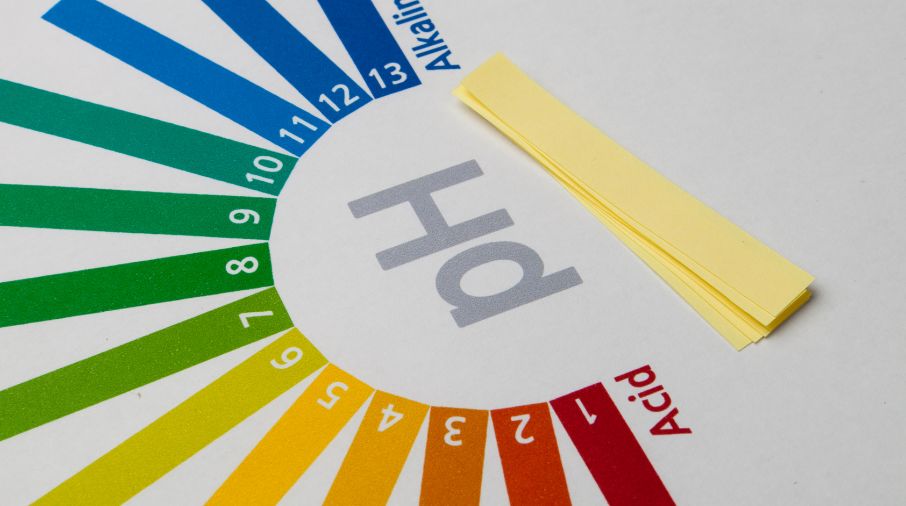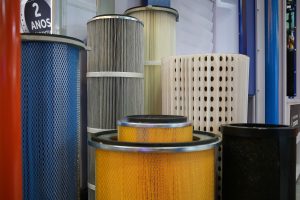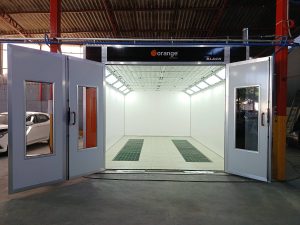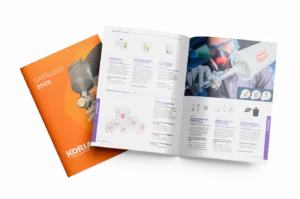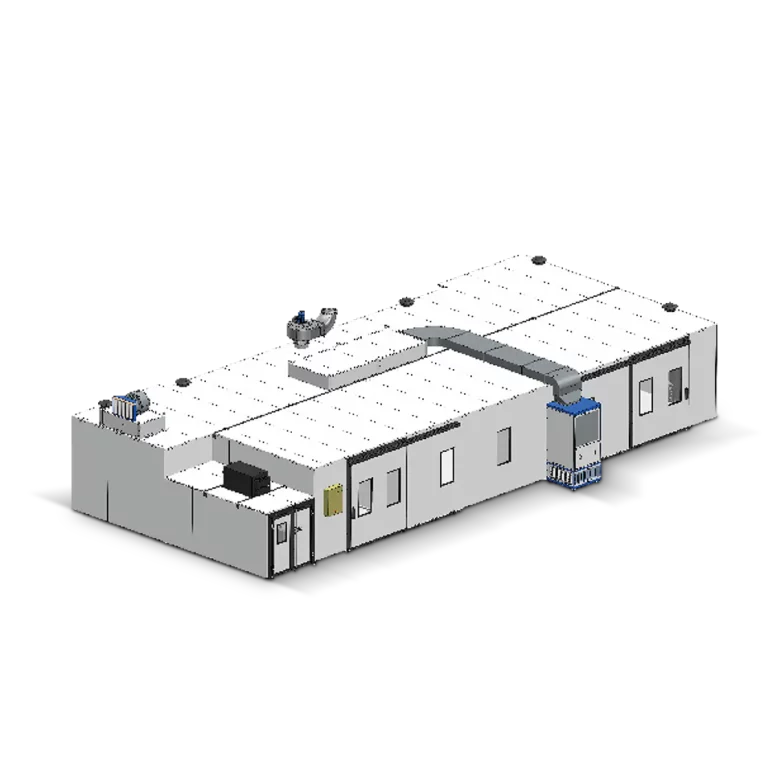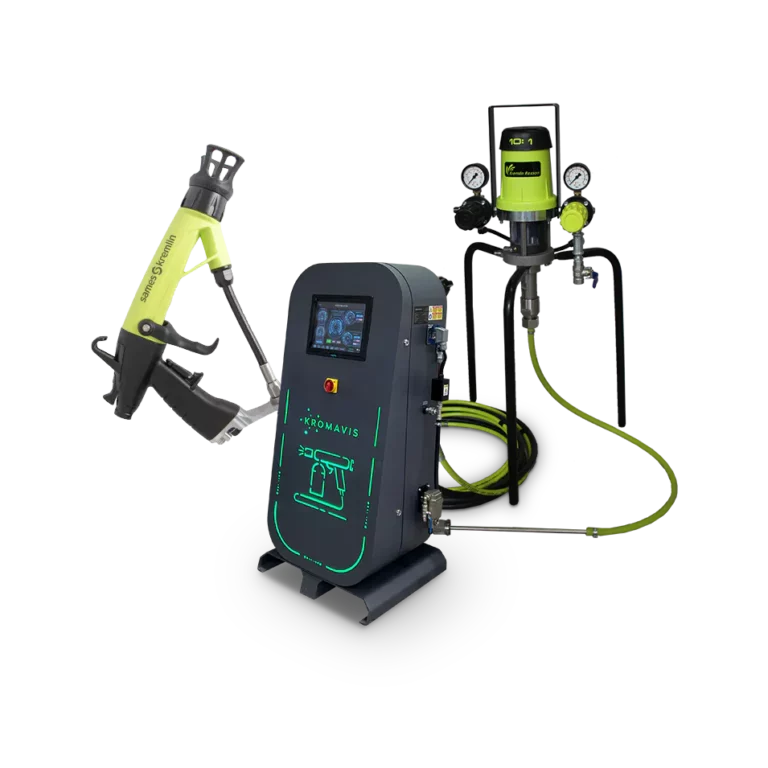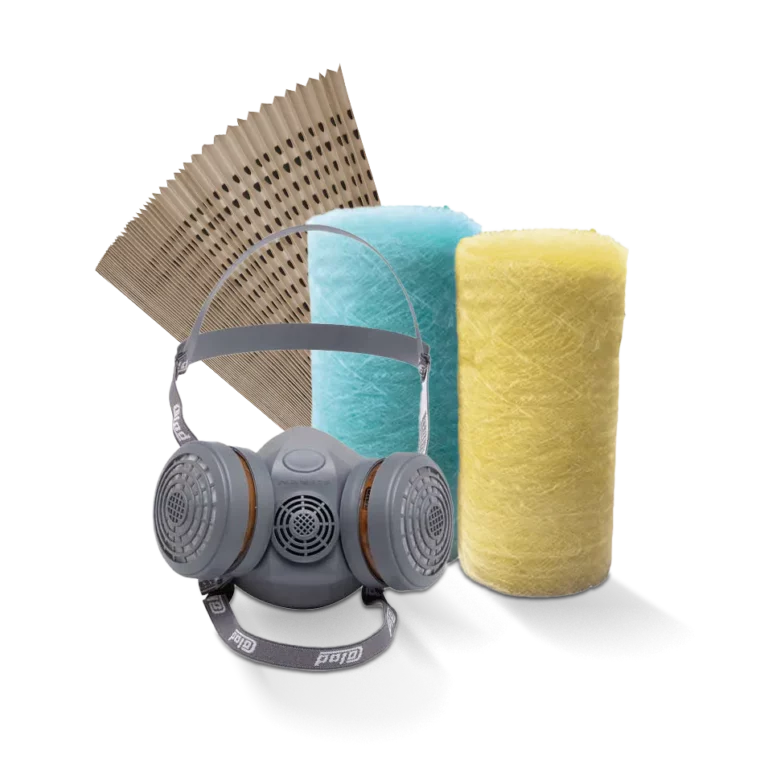Proper cleaning and maintenance of paint booths are essential to ensure a flawless finish and preserve the life of the equipment, as paint residue, suspended particles and other contaminants can compromise the quality of painted surfaces, resulting in flaws such as stains, uneven textures or inadequate adhesion.
Furthermore, residue buildup on the cabin walls and filtration systems can cause clogging, corrosion, and premature component wear, increasing repair and replacement costs. Keeping the cabin in optimal condition is therefore essential for both process efficiency and consistent results.
pH plays a crucial role in the cleaning process of paint booths, directly influencing the effectiveness of the products used. Below, we'll explain what pH is, its importance, how it influences cleaning, and the benefits of controlling it in a paint booth.
What is pH and why is it important?
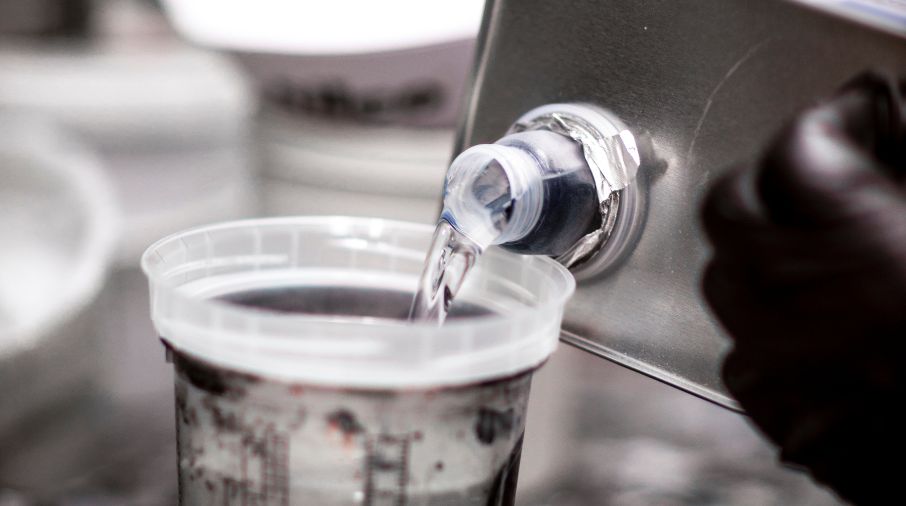
To understand the importance of measuring and controlling pH, you need to understand what it means. Simply put, pH is a scale that measures how acidic or basic (alkaline) a solution is, ranging from 0 to 14. Values less than 7 indicate that a solution is acidic, 7 is considered neutral, and values above 7 are considered basic. The acronym pH stands for "potential of hydrogen" and refers to the concentration of hydrogen ions in the solution.
Therefore, cleaning products have specific formulas that work best at certain pH levels. For example, alkaline cleaners are effective at removing oils, grease, and organic residues, while acidic cleaners are recommended for dissolving mineral deposits, rust, and scale.
Thus, during the painting process, paint residues – such as overspray – can adhere to surfaces or float inside booths, and pH control in wet booths (booths that use water treatment) is essential for removing paint particles. In other words, an ideal pH favors the action of coagulants and flocculants, chemicals that help agglomerate paint particles, facilitating their separation from the water.
How does pH affect paint booth cleanliness?

A proper pH is crucial for dissolving various types of paint. For example, water-based paints typically require a pH close to neutral (7) for effective dissolution and removal. Solvent-based paints typically require alkaline solutions that break down chemical residues and facilitate removal. Conversely, epoxy or fast-curing paints often require specialized products with a pH adjustment to break down hardened molecules without damaging the surface.
Cleaning products with extremely low pH (strong acids) can corrode metal surfaces, such as interior walls and spray booth components. Similarly, highly concentrated alkaline products can damage rubber, plastic, or other sensitive materials used in the spray booth's structure. Frequent use of unsuitable products can compromise the durability of components, increasing maintenance costs.
Benefits of pH control in cleaning paint booths
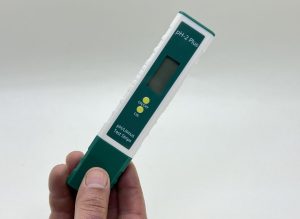
pH control allows cleaning products to act more efficiently, ensuring the elimination of overspray, paint particles, and accumulated deposits. This happens because a balanced pH prevents the formation of hard-to-remove particles or residue, making cleaning more effective.
Furthermore, maintaining the pH within the ideal range reduces the risk of damage to metal components and sensitive coatings, such as filters and internal cabin structures, preventing chemical attacks on plastic, rubber or silicone parts and the accumulation of corrosives that could compromise pumps, valves and electrical circuits.
Another benefit of pH control is cost. After all, with the pH adjusted, products will be used more efficiently, requiring smaller quantities to achieve the same result. Additional chemicals that correct the pH become unnecessary, reducing additional costs, requiring fewer rinses and, consequently, less water.
Finally, pH control minimizes the amount of chemicals that need to be disposed of, facilitating wastewater treatment, preventing the release of harmful effluents, protecting the environment and reducing pollution.
How to control pH when cleaning the paint booth?
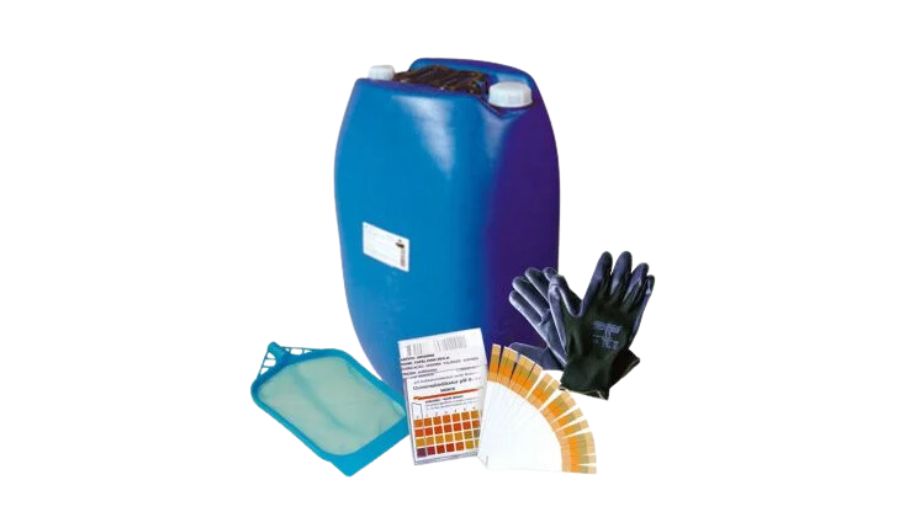
Products used to clean paint booths usually have indications of the ideal pH range on their packaging, so choosing a product with a compatible pH should be the first step. Many commercial solutions are developed with adjusted pH, eliminating the need for additional modifications, so ensure the products you use are safe for paint booth materials and equipment.
Equipment such as digital meters or pH indicator strips should be used regularly to check that the cleaning solution is in the ideal range. It is recommended to measure the pH before each cleaning cycle or whenever there are significant changes in the cleaning solution. If the pH of the solution deviates from the ideal, it is important to act quickly to avoid reduced cleaning efficiency or damage to the equipment.
To correct the pH, it is possible to use specific additives: alkaline neutralizers (when the pH is too acidic) or acid neutralizers (when the pH is too alkaline). In some cases, simply diluting water can help balance the pH.
Arply has an exclusive line of products for treating paint booths, access our page to learn about our products and, if you have any questions, you can always count on one of our experts.
Did you like this post? Share it with your friends or on social media. For more tips on painting and its equipment, visit our blog, always with exclusive content.
